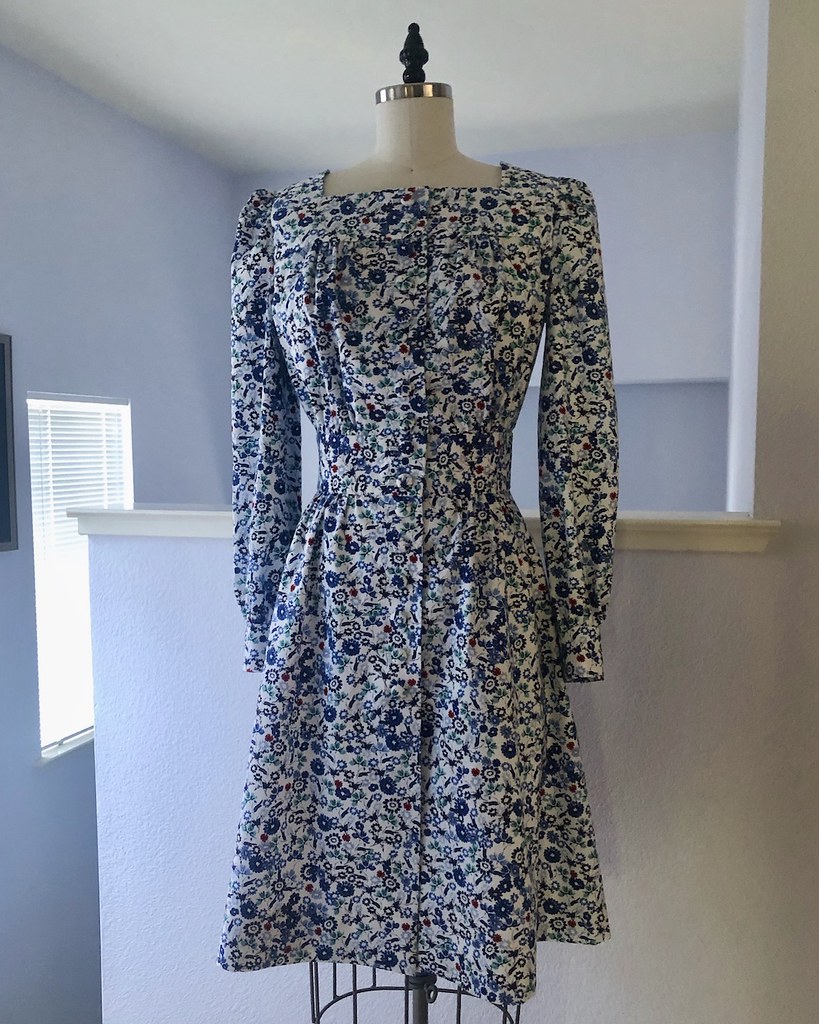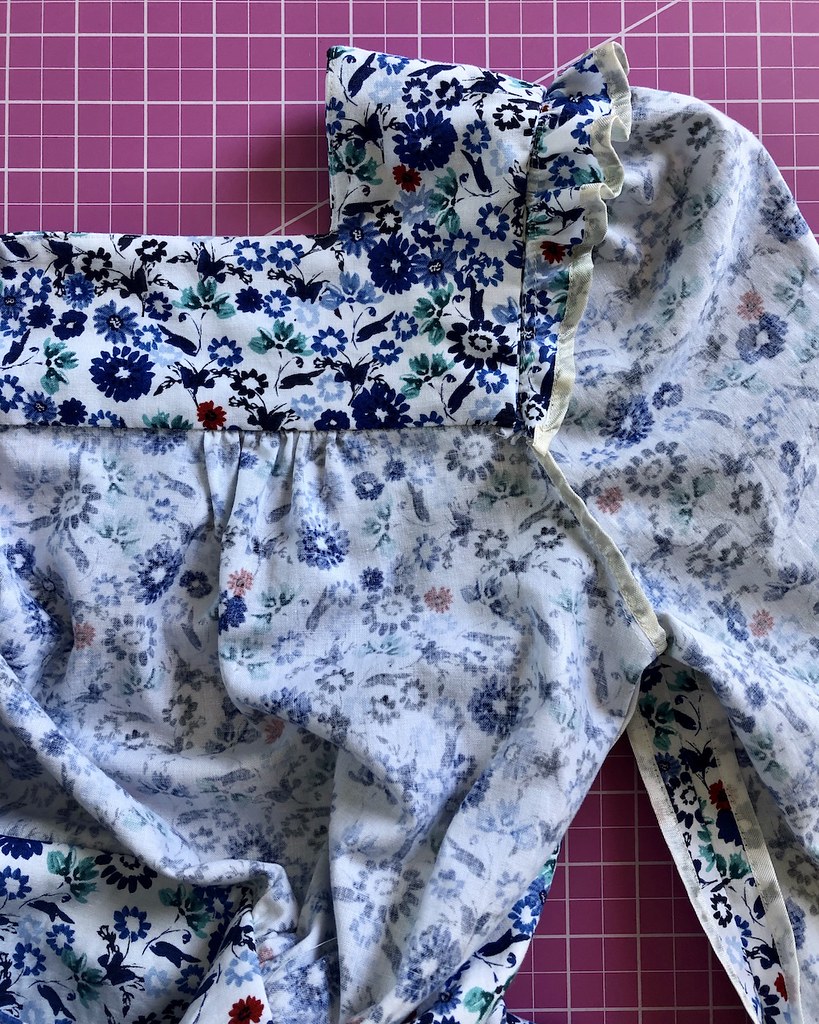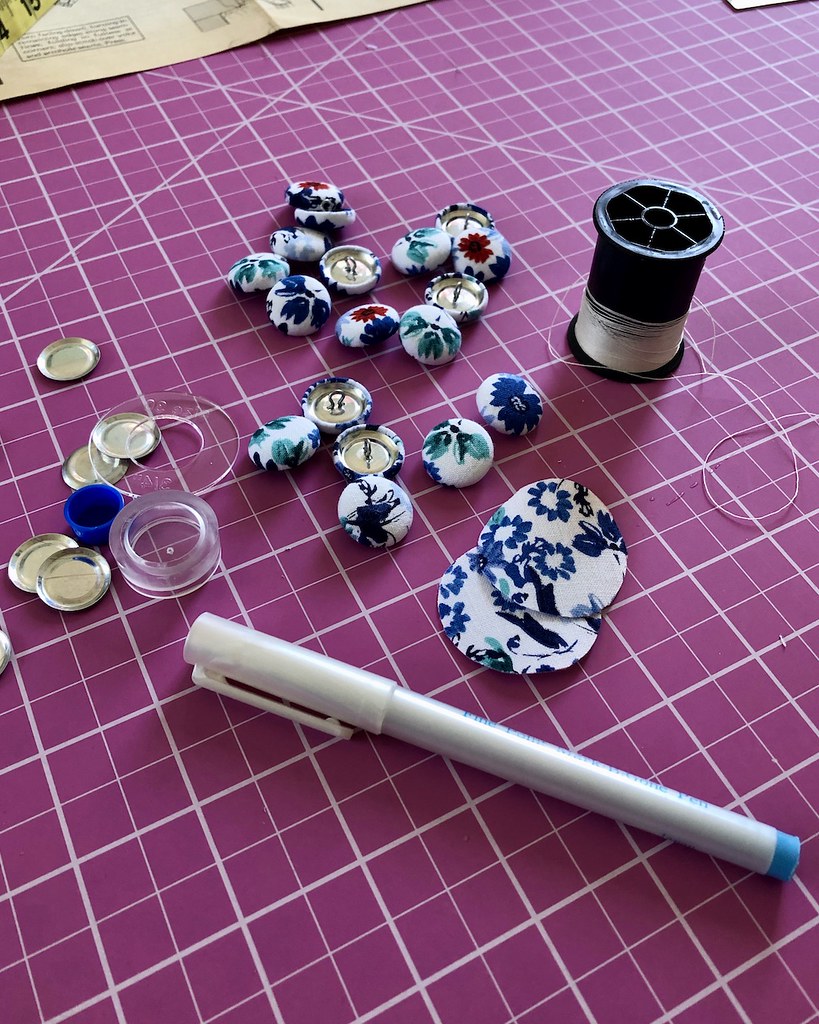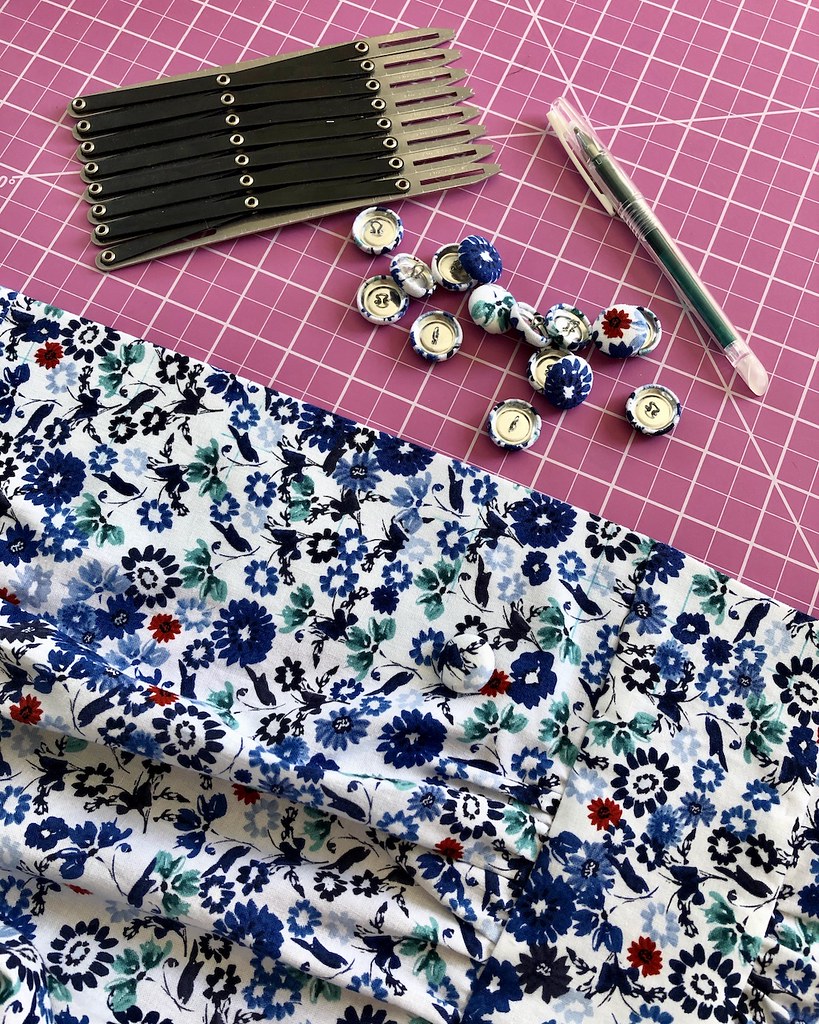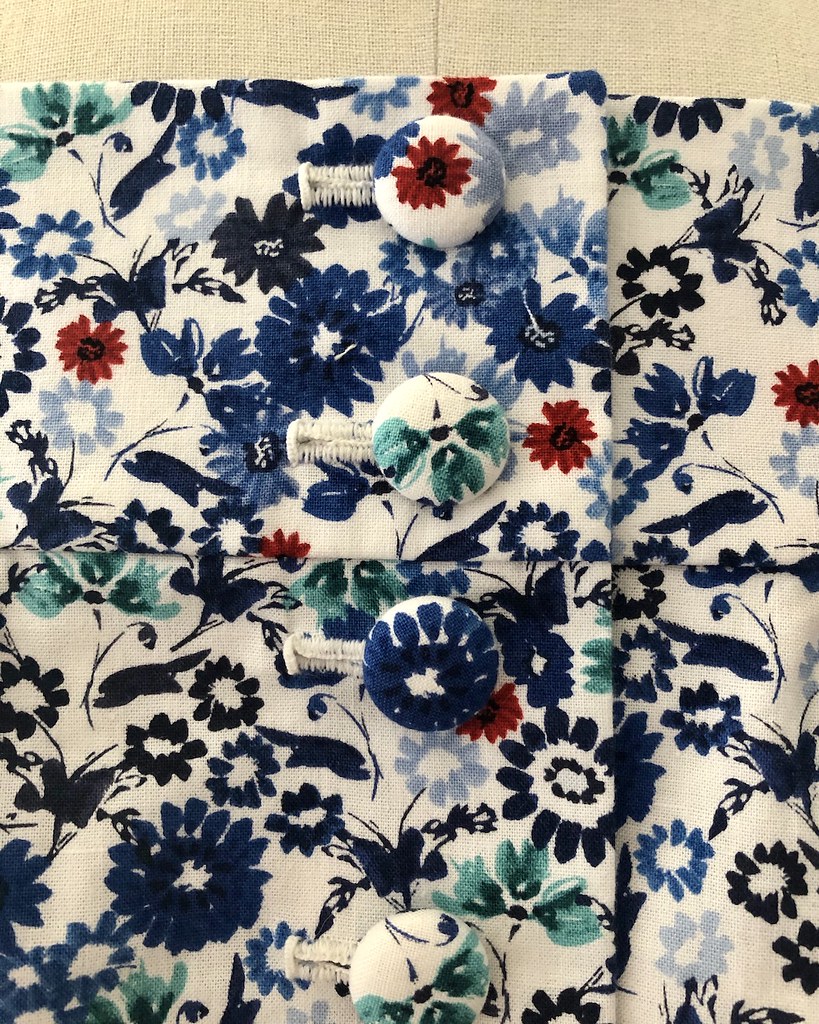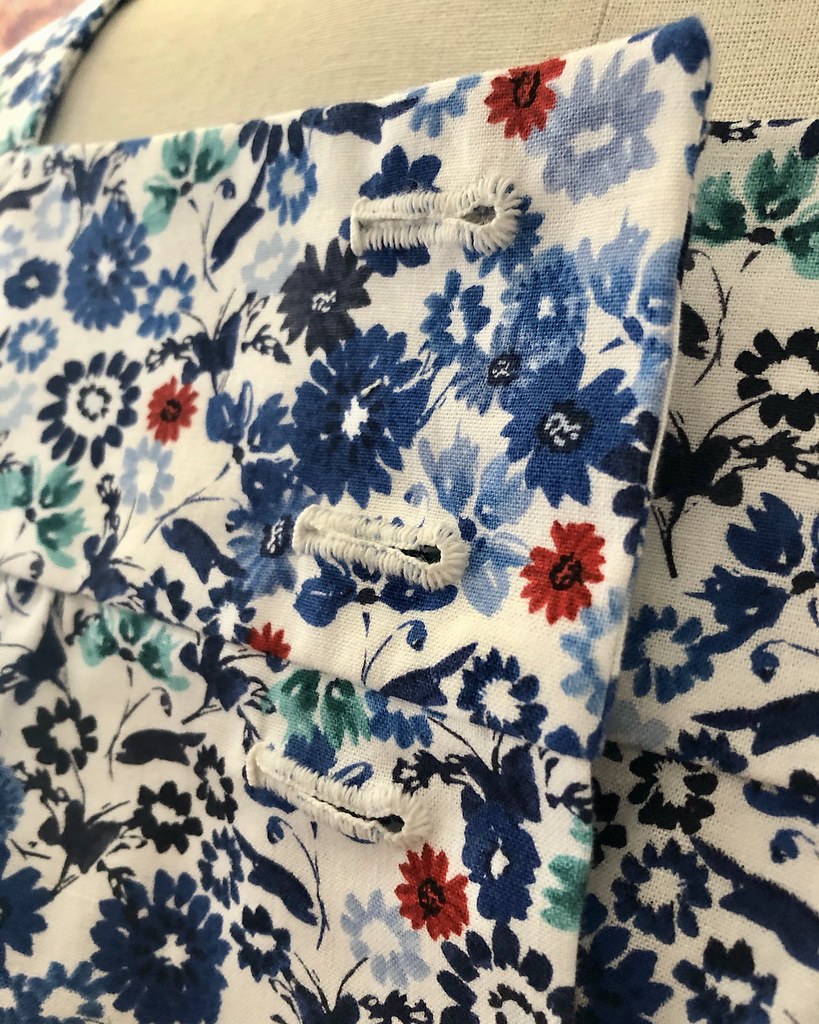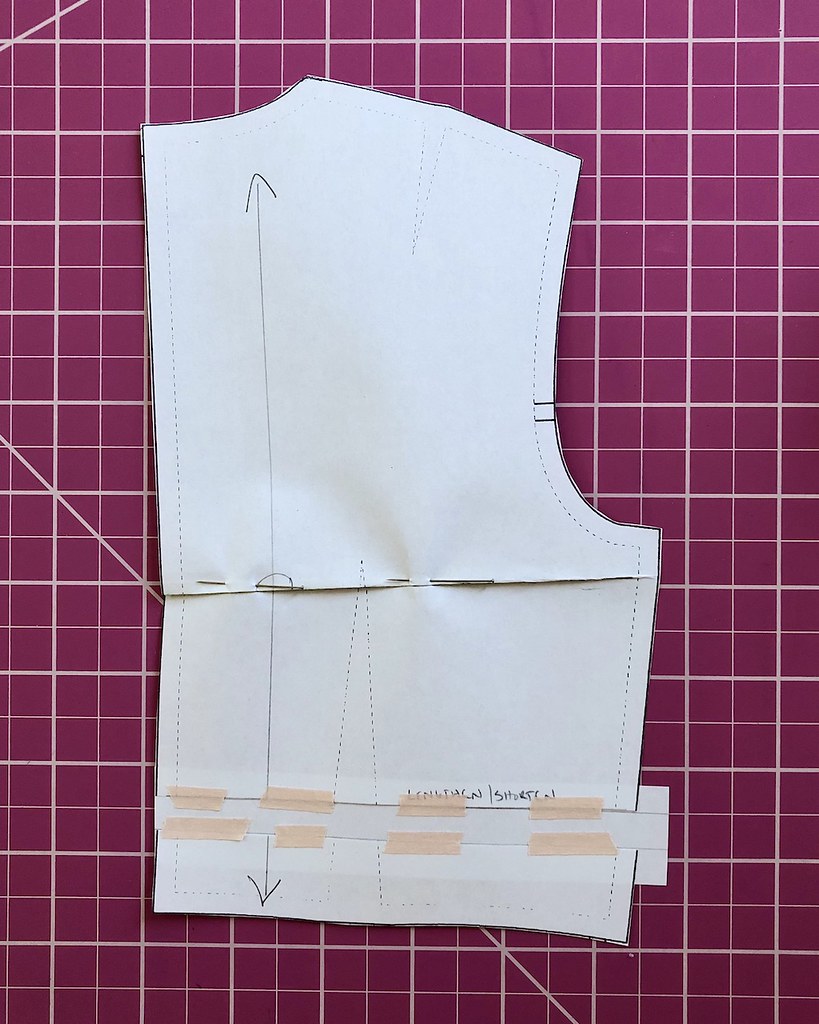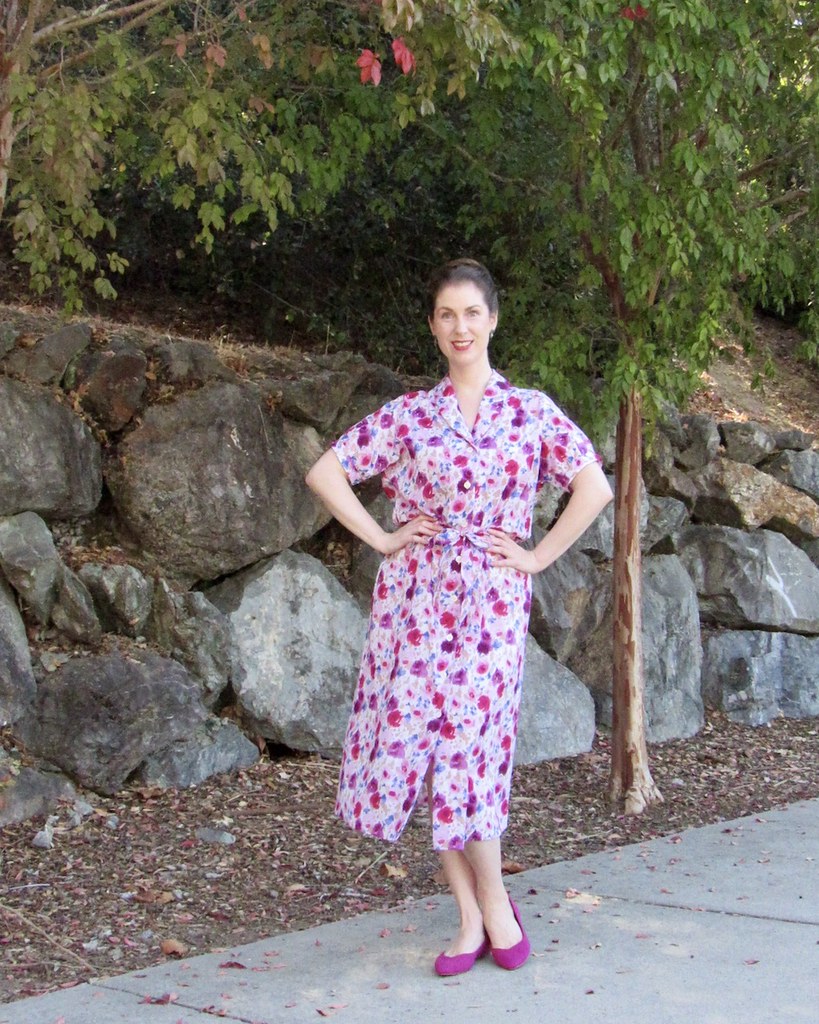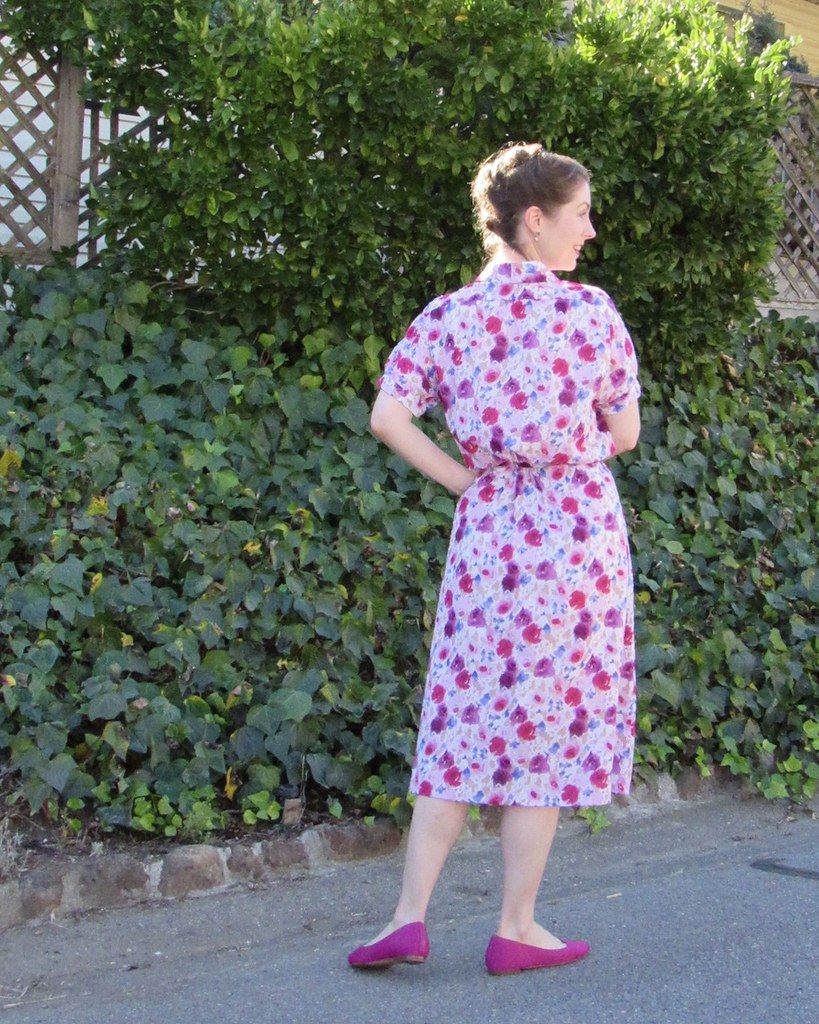I have a confession to make: I kill closets. You may not have known it was possible to do such a thing, but I am here to tell you, I murder closets. Although I admitted to the death of my current closet on Instagram a couple of weeks ago, this is, in fact, number 3 on the hit list. It's embarrassing, and I have never before admitted this, but I am releasing that truth out in the world on the off chance that someone else is ashamed of the fact - you are not alone!
The first victim was in the first apartment I ever lived in. Prior to that, I was dealing with old homes that must have had some well built closets. Turns out, the 7 or 8 foot long closet in this apartment had a shelf that was supported by two pieces of plastic on both side walls, plus two or three dinky little metal supports that hook onto the shelf front and get screwed into the back wall at a 45 degree angle. This, of course, was not enough to support my metric tonnage of clothes and shoes, but how was I to know?!? I came home one day to the contents of my closet on the floor. Thankfully, the maintenance guy was really understanding and put it back up and added a few more supports throughout the length of the closet. Case closed!
A few year later, I moved to another apartment building and the same darn thing happened again. But this time around, after living in the apartment for a couple of years, there was a massive crash in the middle of the night right next to my bed. It woke me out of a deep sleep and terrified me. Not entirely sure what had happened, my heart was pounding for what felt like an eternity. Then it came to me: I had killed another closet. Aarrrgh!!! So I lived with my clothes covering the sewing table in the second bedroom for a few days before a second maintenance fellow reinstalled the closet (which, coincidentally, was built exactly like the first one). He also shored up the second bedroom closet, just to be safe!
That brings me to Sunday evening a couple of weeks back, this time in my condo, so no maintenance man to help, nor building owner to pay for it (because now, that's me!). And, quite frankly, I am done with these stupid Closet Mate systems that are screwed into drywall in the middle of the closet wall. They don't work for a person who has multiple tea length circle skirts made of heavy wool (how much does one of those weigh?, not sure, but it has to be at least 6 pounds, right?), and underlined and lined garments, and so, so many shoes.
One day I hope to live in a home with a spectacular walk-in closet. That day may never come, but I can still dream. And until then, I am pretty happy with what I found at The Container Store. They are more expensive than the Ikea system, but looking at the specs, the Container Store can handle more weight. Sturdy is what I need, so I spent a little extra, and so far, so good. Only time will really tell, but this system hangs off of a track at the top of the closet where there was a horizontal stud, which I am hoping does better than the previous piece of garbage tenuously attached in the middle of a wall.
I do realize that I should probably get rid of some of the clothes. But, as discussed on Instagram, it's really difficult to let go of things that I have made. If I donate them, will they end up on a barge to India where they will be ripped apart to use as carpet insulation? And the whole "fit" thing doesn't help all that much when weeding through the masses of clothes. For most of these garments, I am a skinny or fat day away from wearing them. Out of style also doesn't apply since all of my clothing is so far out of date, it's almost coming back into style! There is also the idea that something that isn't worn for a year should be tossed. To which I say, *&%$ that. I come back to clothes that have lived in the back of the closet for years only to decide they are now my favorite item some five + years after they were last worn. I have three dresses that I wore in middle school and high school that I rediscovered a few years back and they are in heavy rotation during the summer months for the past three years, and those aren't even hand made. Whatever shall I do with all the clothing?!?
But I have found at least one handmade skirt that I am willing to donate and hope that she gets a second life with someone else, although I am fully aware that she may end up in the scrap heap. It's not a pleasant thought, but it's one that I have come to accept.
This was one of the first sewing projects I ever made. I remember going to Britex Fabrics and finding this yardage on the remnant floor. I specifically asked for something other than wool because I wanted to wash the garment. [These days I hand wash almost all of my wool yardage before cutting into it, and I hand wash those skirts with no issue.] And while the skirt still fits fine, it does have a tendency to have static cling, and the inner finishing leaves me slightly embarrassed at this point. Here is proof . . . yikes!
But I am talking one last look, realizing just how far I have come in my sewing journey, and moving on. One less skirt in the closet, and a pound or so saved on the hanging rack.
When the mood strikes, I am going to go back into the closet and find a couple more items that I can part with!
And, of course, I am open to any suggestions that you may have about space saving and/or ways to get rid of precious home made items that hold emotional significance. Please be advised that there are also multiple bureaus that hold my sweaters, and boxes stored under the bed that contain hats and costumes that are neatly folded out of sight, so rotating seasonal items in and out of the closet is not really an option. And I am far from ready to stop creating, so while the knitting, quilting, and cross stitching may slow down the influx of new clothing looking for a home in the closet, it won't stem the tide for long. Obviously very first world problems, and I am aware of how lucky I am, but I would definitely be grateful for any solutions!! Also, if anyone has a closet system recommendation, I would love to know. I believe I may need to upgrade the master closet before another disaster befalls that one.
You didn't really think those closet photos showed the entirety of my clothing collection, now did you?













